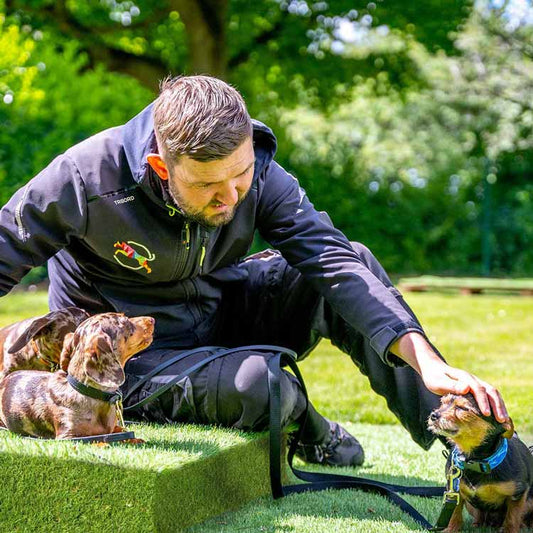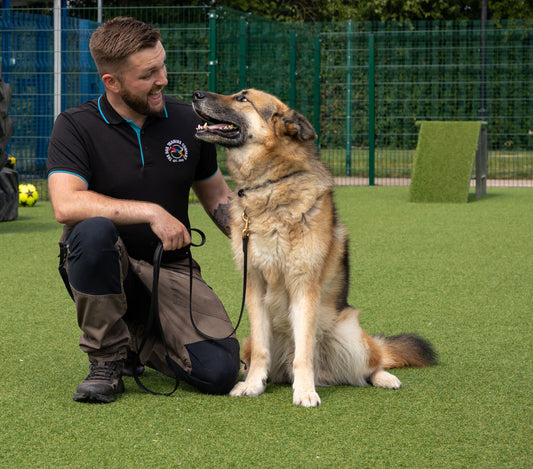
Why Treat Training Might Not Be What You Thought...
Dog behavioural problems can be frustrating and challenging to deal with, from pulling on the lead to aggressive behaviour towards other dogs or people. Often, pet owners try to address these problems by using treat training methods which focus on masking the behaviour rather than fixing its root cause. However, this approach can be ineffective and potentially harmful to your furry friend.
Treat training, also known as positive reinforcement, involves rewarding good behaviour with treats, praise, or attention. While it may seem like an effective way to train your dog, it often only masks the symptoms of the behaviour rather than addressing the root cause. For example, if your dog is barking excessively, treating them when they stop barking may only serve to temporarily quiet them down. However, the underlying reason for the excessive barking, such as anxiety or boredom, is not being addressed.
Masking the symptoms can be especially dangerous when your dog encounters a situation where it is unsure what to do. For example, if your dog is afraid of other dogs, treating them for not reacting aggressively towards other dogs may temporarily suppress aggressive behaviour. However, if your dog is placed in a situation where they feel threatened or uncomfortable, they may not know how to respond appropriately, potentially leading to a dangerous situation.
It's important to understand that addressing the root cause of the behaviour is essential to creating long-lasting behavioural changes. This involves identifying why your dog is exhibiting the behaviour and finding a way to modify their response to the trigger.
Another important aspect to consider when addressing the cause of the behaviour is the role of reinforcement. Reinforcement is anything that increases the likelihood of a behaviour being repeated. While treats can be used as a form of reinforcement, it's important to understand that reinforcement can also come from other sources, such as attention, toys, or access to a desirable space. Therefore, it's important to understand all the factors that may be reinforcing the behaviour and modify them as necessary.
In conclusion, while treat training may seem like a quick fix for your dog's behaviour, it often only masks the symptoms rather than addressing the root cause. This approach can be ineffective and potentially harmful to your furry friend, especially when encountering situations where they are unsure of how to respond. If you want to get to the bottom of your dog's behaviour, it all starts with a 1-hour assessment at one of our five training centres. Book your slot now and take the first step towards the dog you always dreamed of.






